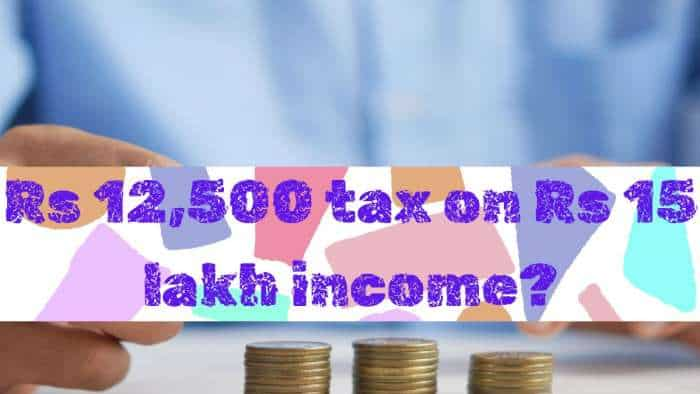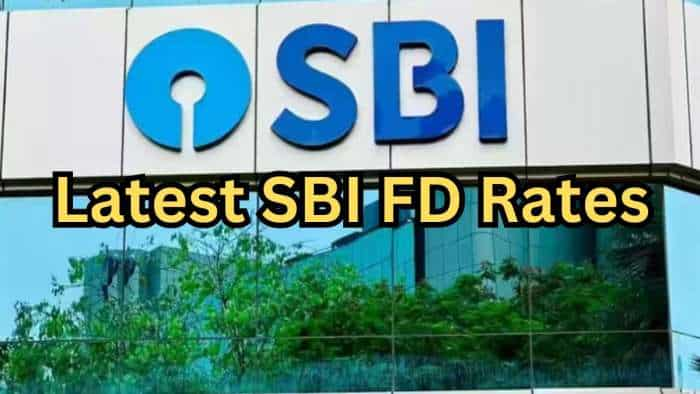Return Comparison: SIP vs PPF – Which investment can build larger corpus with Rs 9,500 annually?
Compare SIP and PPF to determine which investment option can build a larger corpus with Rs 9.5 k annually. Discover their returns, features and suitability.
)
When it comes to investing Rs 9,500 annually, Systematic Investment Plans (SIPs) in mutual funds and the Public Provident Fund (PPF) are two popular options. Each has unique features and potential returns, catering to different investor needs.
Here’s a comparative analysis of their performance to help investors make an informed decision.
SIP: Higher Returns with Market-Linked Risks
SIPs are a disciplined investment method in mutual funds, leveraging rupee cost averaging and the power of compounding. This option is ideal for investors comfortable with market volatility and aiming for long-term wealth creation.
Key Features of SIPs:
- Fixed monthly contributions are automatically deducted from the investor’s bank account.
- Units are purchased based on the Net Asset Value (NAV) at the time of transaction.
- Returns depend on market performance and reinvested earnings.
Example of SIP Returns:
- Monthly Investment: Rs 790
- Total Investment (15 years): Rs 1,42,200
- Estimated Returns: Rs 2,56,415
- Total Value: Rs 3,98,615
While SIPs offer the potential for significant wealth creation, they come with market-linked risks, making them better suited for those with a higher risk appetite.
PPF: A Risk-Free Government-Backed Option
The PPF is a long-term savings scheme offering fixed interest rates and guaranteed returns. Backed by the government, it is a secure option for risk-averse investors seeking steady growth and tax benefits.
Key Features of PPF:
- Interest Rate: 7.1% per annum (compounded annually).
- Tenure: 15 years, extendable in 5-year blocks.
- Investment Range: Rs 500 to Rs 1.5 lakh annually.
- Tax Benefits: Contributions, interest, and maturity proceeds are tax-exempt under Section 80C.
Example of PPF Returns:
- Annual Investment: Rs 9,500
- Total Investment (15 years): Rs 1,42,500
- Estimated Returns: Rs 1,15,153
- Total Value: Rs 2,57,653
While PPF ensures consistent and risk-free returns, its growth potential is limited compared to market-linked options like SIPs.
- SIP Advantage: Offers higher potential returns, suitable for investors willing to accept market risks.
- PPF Advantage: Provides guaranteed returns and tax benefits, ideal for risk-averse individuals.
Get Latest Business News, Stock Market Updates and Videos; Check your tax outgo through Income Tax Calculator and save money through our Personal Finance coverage. Check Business Breaking News Live on Zee Business Twitter and Facebook. Subscribe on YouTube.
RECOMMENDED STORIES

Delhi Elections 2025: Voting begins at this hour on February 5, here's where to track latest information online

Retirement Planning: How Rs 8,00,000 one-time investment can create Rs 2,40,00,000 retirement corpus? See calculations to know

Revised New Tax Slabs: Rs 12,500 tax on Rs 15 lakh Income? How you may need to pay just that on Rs 12.75 lakh annual salary and Rs 2.25 lakh capital gains

Latest SBI FD Rates: What will you get on Rs 5 lakh investment in SBI Amrit Vrishti, 1,3, and 5-year fixed deposits

Rs 500 Daily SIP vs Rs 15,000 Monthly SIP: Which can give higher returns in 10, 20, and 30 years? See details

Highest FD Rates: This is what banks like SBI, BoB, PNB, Canara Bank, ICICI Bank and HDFC Bank are providing on Rs 2 lakh investment

Power of Rs 9,000 SIP: How can you generate Rs 10 crore corpus with just Rs 9,000 monthly investment?

Revised Tax Slabs: Annual Income Rs 12,75,001? Will you be taxed on Re 1 or Rs 12,75,001? Know what CAs say
04:38 PM IST








 Return Comparison: SIP or PPF? Which investment can yield higher returns with Rs 9,500 annually?
Return Comparison: SIP or PPF? Which investment can yield higher returns with Rs 9,500 annually? SIP vs PPF: Which investment can build larger corpus with Rs 70,500 annually?
SIP vs PPF: Which investment can build larger corpus with Rs 70,500 annually? SIP vs PPF: Risk or Guarantee? This investment option may help you reach Rs 1 crore milestone first
SIP vs PPF: Risk or Guarantee? This investment option may help you reach Rs 1 crore milestone first How to earn Rs 65.58 lakh, Rs 1.10 cr, and Rs 1.74 cr from interest in this Post Office scheme
How to earn Rs 65.58 lakh, Rs 1.10 cr, and Rs 1.74 cr from interest in this Post Office scheme PPF: How this Post Office scheme gives you chance to build over Rs 1 cr corpus?
PPF: How this Post Office scheme gives you chance to build over Rs 1 cr corpus?